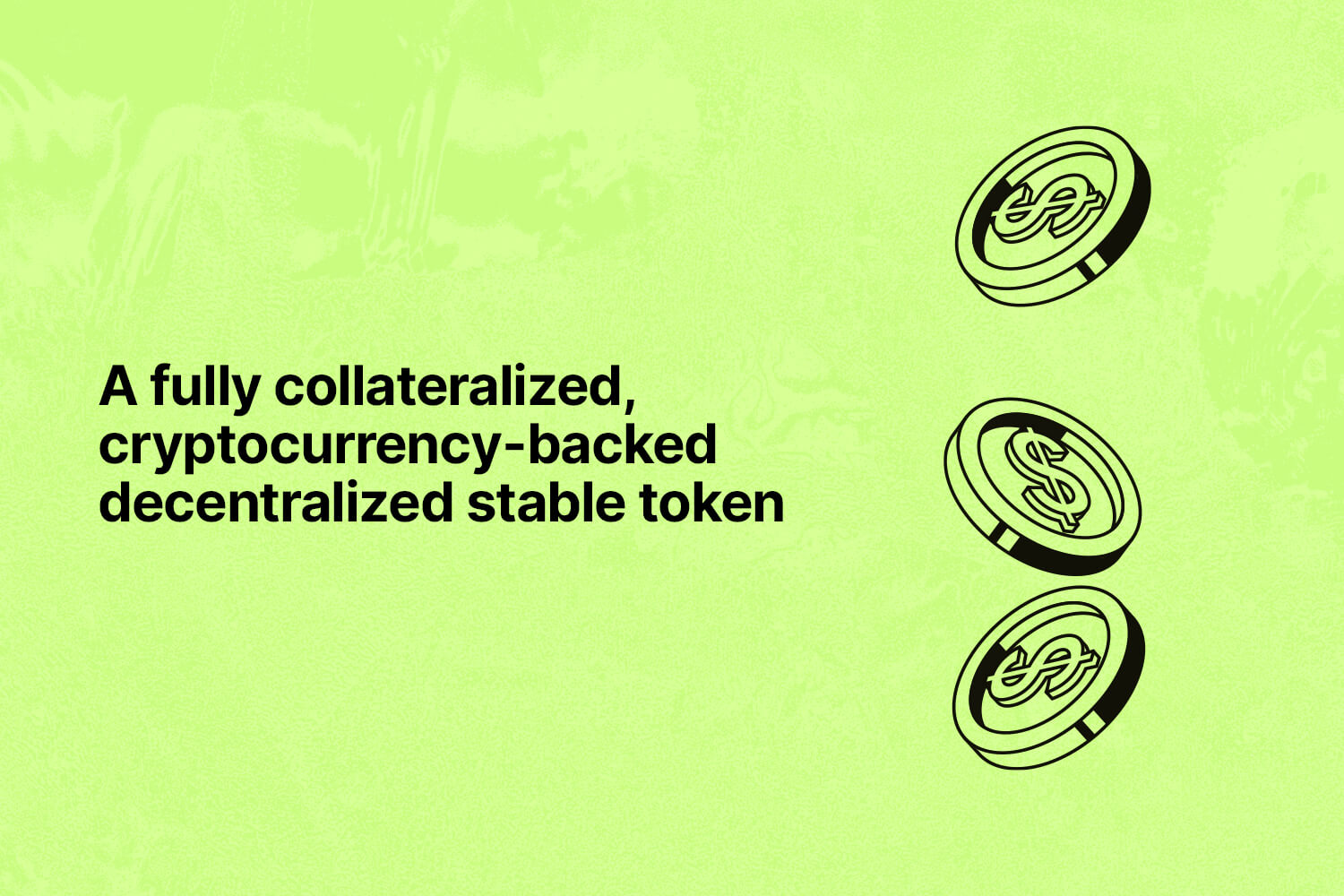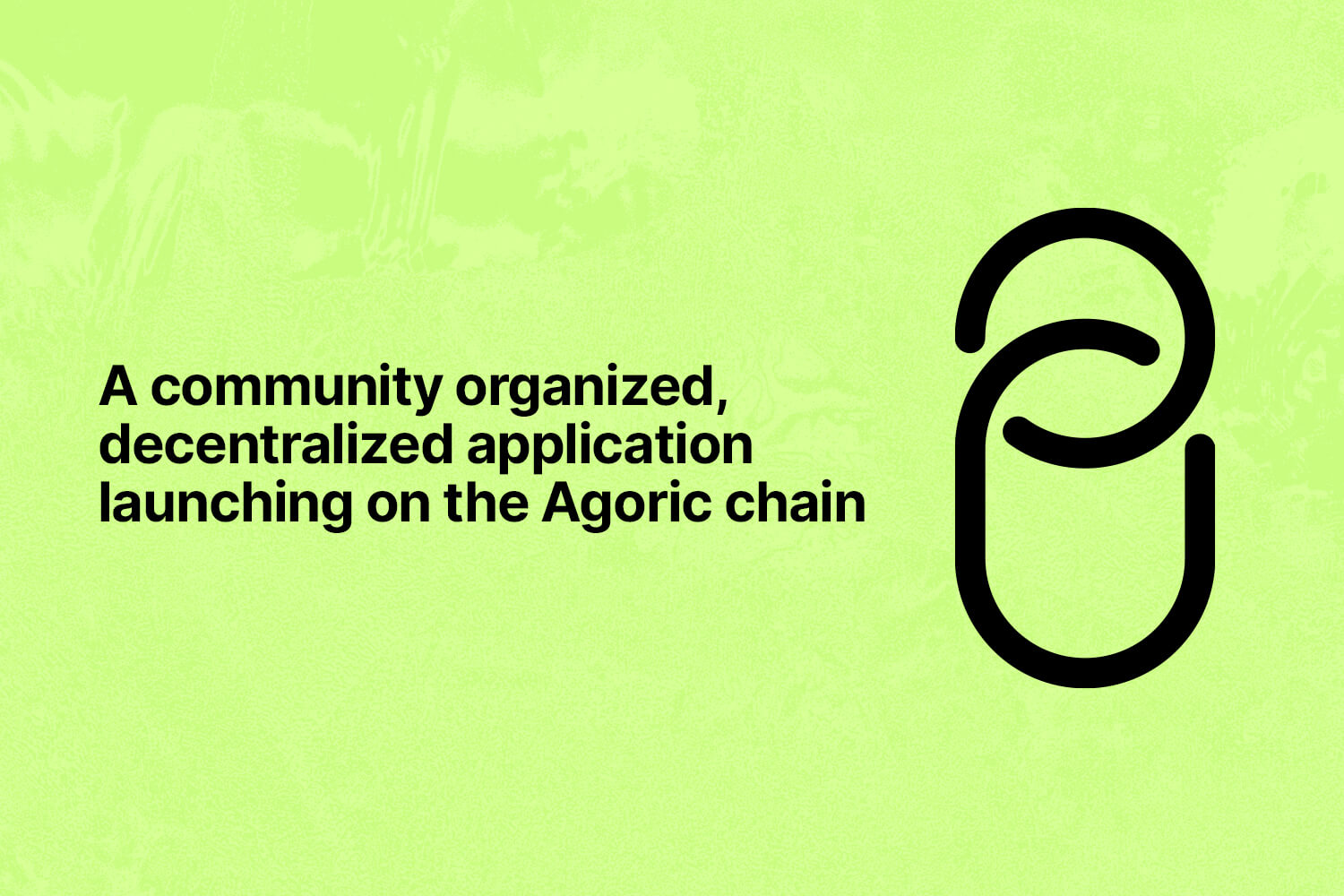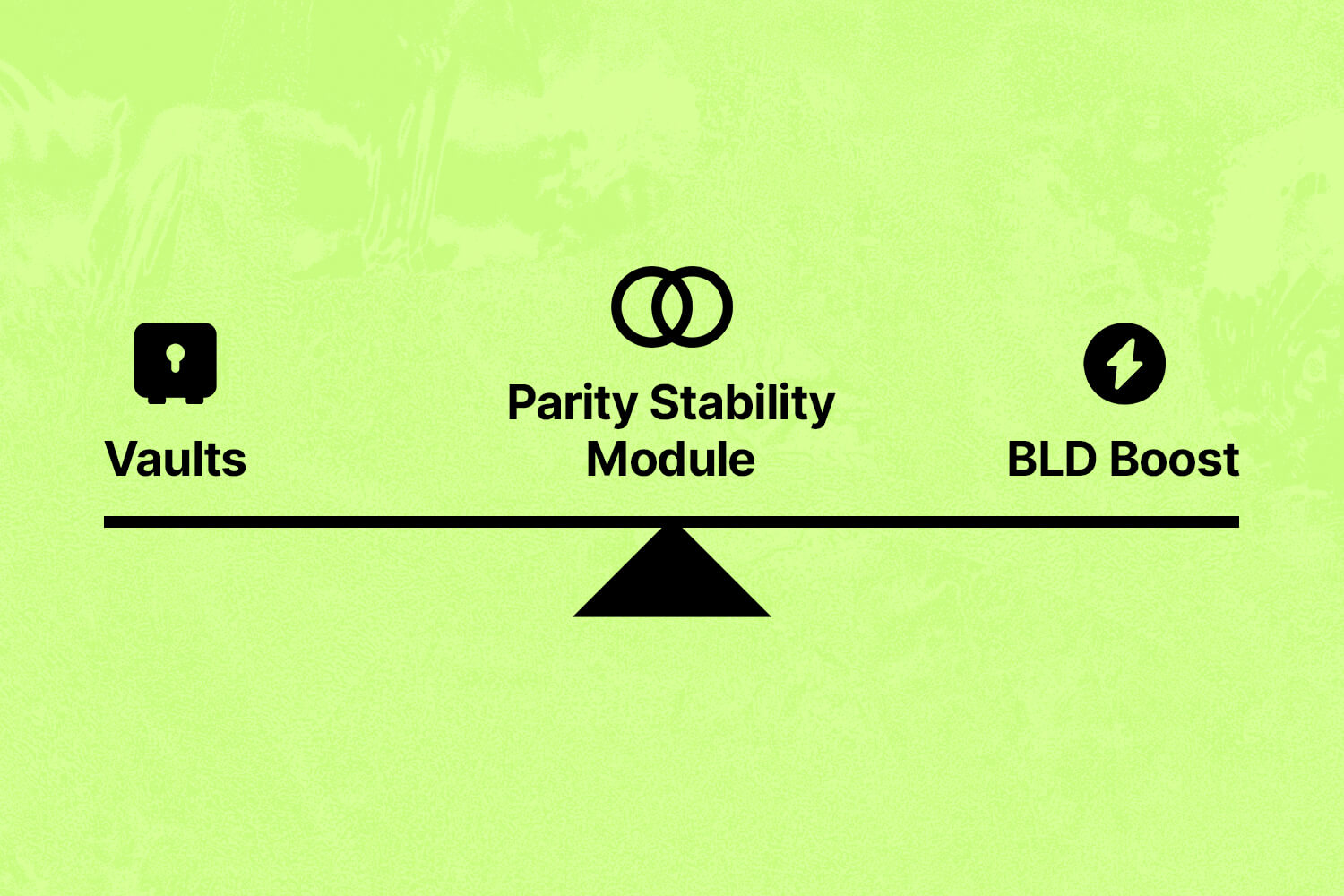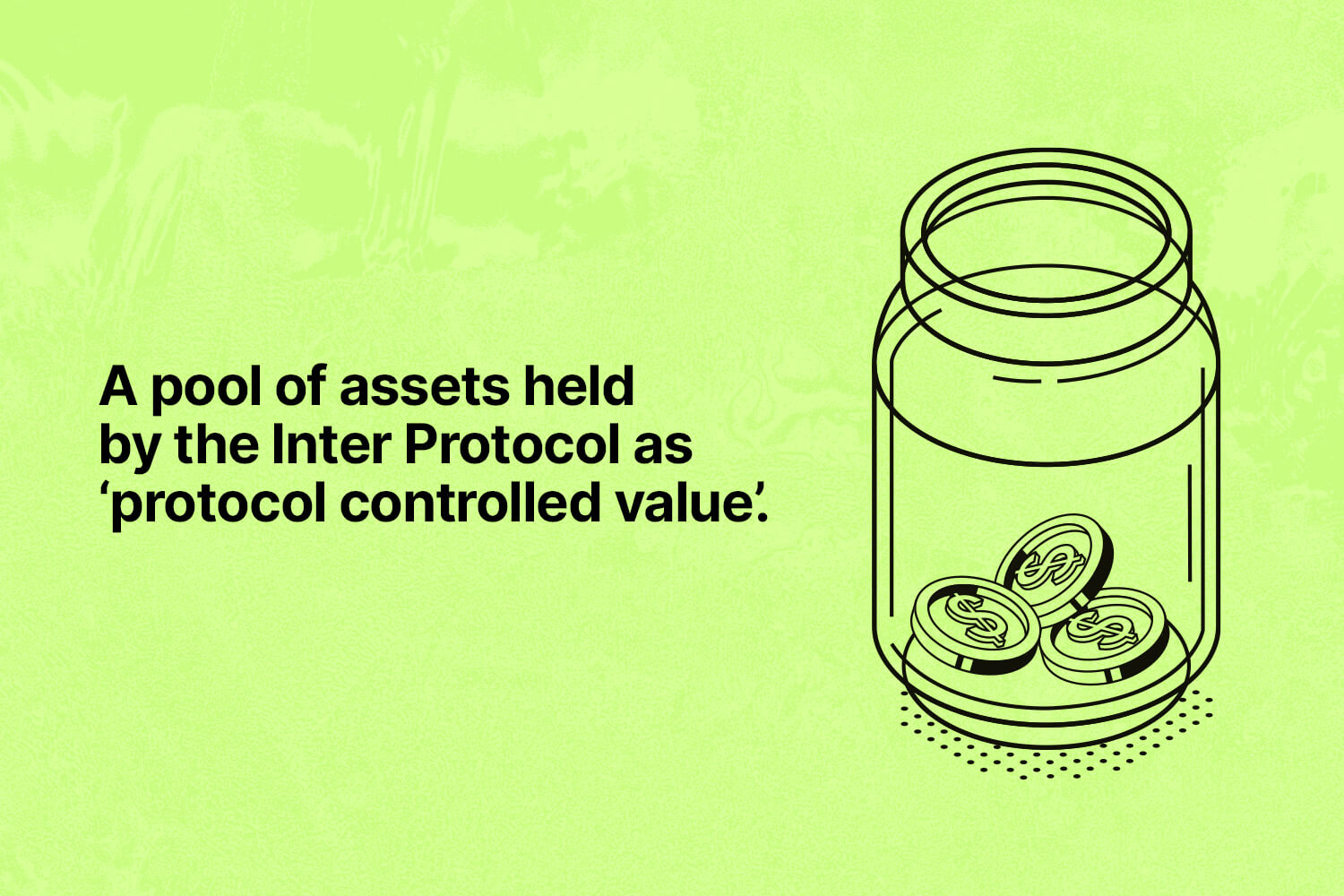Inter Stable Token (IST), issued by the Inter Protocol, is an IBC-enabled stable token designed to maintain parity with the USD to facilitate economic growth and on-chain transactions. This can be said to be one of the features that make Agoric thrive alongside existing businesses and market place. Let’s go into details for better understanding.
What is Inter Stable Token (IST)?

The Inter Stable Token (IST) is a fully collateralized, cryptocurrency-backed decentralized stable token for the interchain ecosystem on the Agoric chain. IST is designed to maintain parity with the US dollar (USD) for broad accessibility and provide Agoric and the interchain ecosystem users an asset with minimum price volatility. In addition, IST is the native fee token for the Agoric platform and provides some of the core functionality and stability for the Agoric cryptoeconomy.
Agoric connects to the multi-billion dollar interchain ecosystem through the Inter-Blockchain Communication (IBC) protocol. The interchain ecosystem does not have a stable token backed by the broad spectrum of available assets such as ATOM, OSMO, and SCRT. IST is perfectly placed to play this role, allowing users to mint IST against their interchain assets. IST is available to all connected chains in the growing IBC ecosystem. Subject to approval by Inter Protocol governance, assets on other IBC connected chains can be used as collateral, enabling those token holders to easily participate in cross-chain DeFi. IST both fuels and benefits from the growth of the interchain ecosystem.
What is Inter Protocol?

The Inter Protocol is a community organized, decentralized application launching on the Agoric chain that implements the Inter Stable Token. The Inter Protocol provides IST with its stable properties. Any user is able to permissionlessly deposit crypto collateral into their own vault. Users mint against their own collateral in thei vault to secure their IST.The stability fee for minting is calculated on a daily basis. An additional upfront minting fee is charged when users mint IST. Fees are added to the debt to be paid by the user when they pay back the IST and withdraw their collateral. The fee revenue is shared between the Reserve Pool that supports the stability of the Inter Protocol and a Reward Pool that supports chain security by rewarding BLD stakers.
The amount of IST that can be minted by a user is determined by the value of the collateral (the “collateralization ratio”), as determined on a per-collateral basis by decentralized governance. If the dollar value of the collateral falls below the collateralization ratio according to an external oracle, the Inter Protocol liquidates the collateral to pay off the IST debt, as well as imposing a liquidation penalty.
How does IST achieve Stability?

IST achieves its stability with three different market based arbitrage mechanisms that work together to maintain parity with the USD. These three concurrent mechanisms use different assets, work at different speeds, and track from a wide to a narrow band of parity to maximize the opportunities for arbitrage to bring IST back to parity in the case of a divergence from USD. These three mechanisms include;
❖ Vaults: This can be classified as smart contracts where users collateralize crypto assets and mint IST. Users are charged a minting fee and interest rate on the borrowed IST. The minting fee is charged when the IST is borrowed, and the interest accrues while the loan is open. The borrower must pay the loan plus the accrued fees in order to retrieve their assets. It is to be kept in mind that Vaults are subject to liquidation in case the USD value of the collateralized asset falls below the collateralization ratio. Liquidation mainly occurs by selling the collateral on ‘Swap’, an Agoric native automated market maker (AMM). The Inter Protocol maintains pools on Swap and consists of each governance approved collateral type and IST.
❖ BLD Boost: This is only available to users who stake their BLD token. Once BLD is delegated to an active validator, delegators can lock up a portion of the stake and mint IST against it. The debt is repaid through future staking rewards. Despite the lock up, the BLD will continue to accrue rewards, however, can not be unstaked until the loan is paid back. BLD Boost is a very attractive option for most users since the locked up BLD is not subject to liquidation.
❖ The Parity Stability Module (PSM): This enables trading between IST and approved stablecoins (up to a governance-determined limit). Users can provide a governance approved stablecoin, such as USDC, and receive newly-minted IST, rather than minting IST through a vault. This provides low cost and timely arbitrage opportunities whenever IST trades away from parity with the USD.
In addition to these arbitrage mechanisms, a Reserve Pool owned fully by the Inter Protocol provides an emergency backstop in extreme circumstances.
Reserve Pool

The Reserve pool consists of a pool of cryptocurrency assets held by the Inter Protocol as ‘protocol controlled value’. The Reserve Pool plays two critical roles. First, it is used to provide liquidity to Swap for liquidations. Second, it provides an emergency fund that can cover a shortfall in the event of a major liquidation. If after liquidating the collateral in vaults, there is still uncollateralized IST remaining in the market, the protocol uses the funds in the reserve pool to cover any shortfall.The Reserve Pool holds a diversified portfolio of crypto assets, which may include BLD, IST, LP tokens representing shares in the Swap pools used for liquidation, and other crypto assets. In addition, execution fees for the Agoric chain, which are paid in IST, flow into the reserve pool, as do the liquidation penalty paid by vault-users in the case of a liquidation.
What is the role of Agoric here?
The Agoric blockchain provides the ideal platform for building applications to support a healthy stable token in the interchain ecosystem. The Inter Protocol takes advantage of the enhanced security of the Agoric chain, including smart contracts written in Hardened JavaScript, and offer safety provided by the Zoe contract framework. In addition, the Agoric chain relies on BLD stakers for overall chain security. Fees in the Inter Protocol are denominated and paid in IST. These fees are distributed to stakers of the Agoric staking token BLD and a reserve that provides additional stability to the Inter Protocol.BLD holders acting as a decentralized autonomous organization (‘the BLDer DAO’) have sovereign governance over the Inter Protocol. The BLDer DAO elects a technical economic committee to manage the Inter Protocol and propose changes, for example, determining which cryptocurrencies should be used as collateral to support IST minting.
Agoric Staking
You can stake Agoric ($BLD) tokens using the following steps:
- Open the Keplr wallet and choose the Agoric network in the top menu
- Click ‘Stake’ and you will redirect you to the Agoric validators page.
- Find there “o1node” and click ‘Manage’.
- Click ‘Delegate’, enter the amount of tokens you want to stake and click ‘Delegate’ again. It will ask you to approve your transaction in Keplr.
Congratulations, you have successfully stake Agoric ($BLD).

